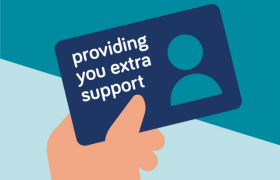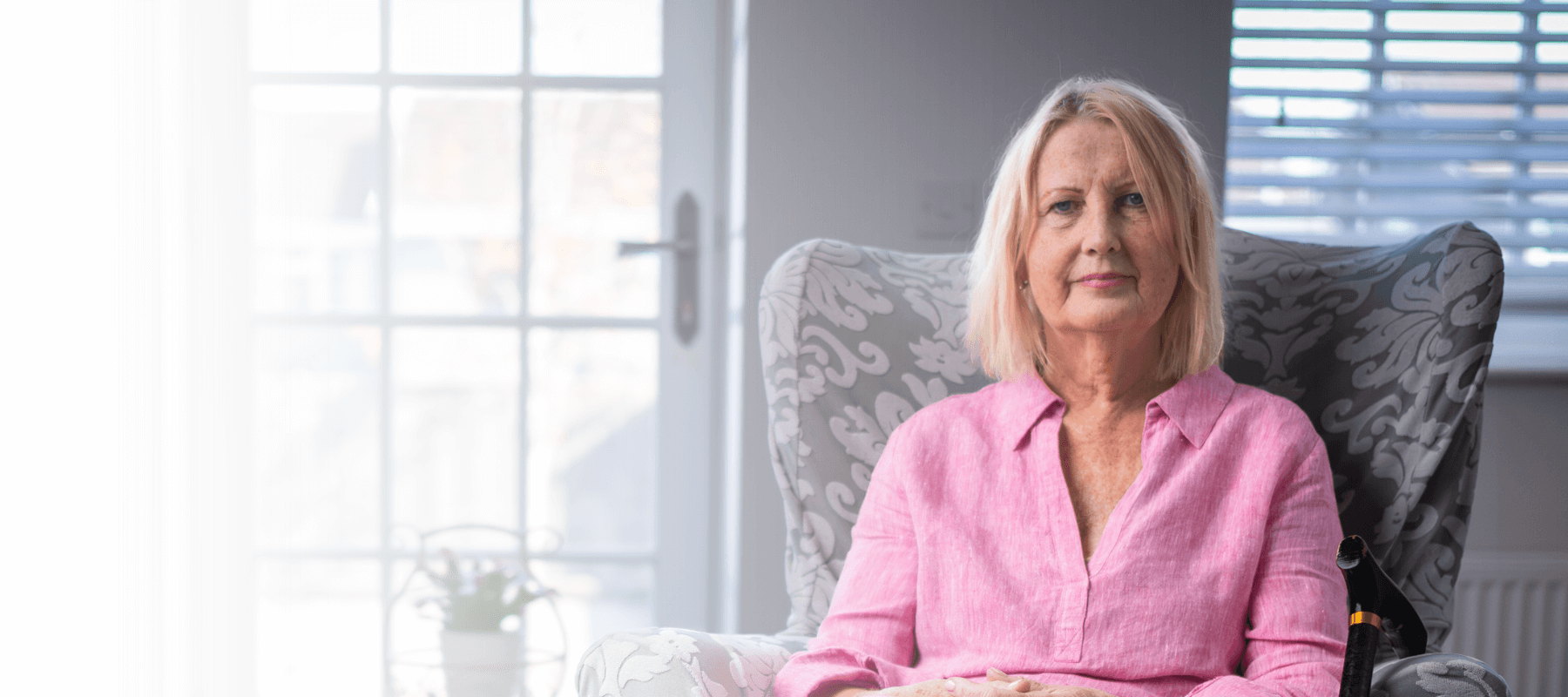
How to build up exercise for your bone strength
This series of short films is for anyone who wants to build up weight-bearing impact and muscle-strengthening exercise to help with bone strength. That includes you if you have osteoporosis.
We have a plan for each type of exercise. Both plans are in three stages.
The stages are to help you build your own programme of exercise for bone health at a level that's right for you.
Our introduction films give you an overview of the different types of exercise. You may already be doing these types of exercise. But watch our introduction films to check you're doing the best for your bones.
How to exercise safely for bones
We answer the most common questions about safety when exercising for your bones.
We focus on exercising if you have osteoporosis and if you've had spinal fractures or many broken bones.
This film may help you if you are worried you might break a bone if you exercise.
How to build up impact exercise for bones
Introduction and overview
This film is to get you on the right track with weight-bearing impact exercise.
Learn about our three-stage plan to build up weight-bearing impact exercise. Also learn how to make impact exercise part of your daily activities.
Weight-bearing impact exercise involves being on your feet and adding an extra force or controlled jolt through your bones.
Moderate-impact exercise is generally safe, even with osteoporosis. But if you have had fractures in your spine or often break bones, we recommend sticking to low-impact exercise.
Stage one – Low-impact
Learn three exercises to introduce a low level of impact into your programme.
The stage is suitable for anyone who wants to start building up to moderate-impact exercise. That includes you if you have osteoporosis or if you have had fractures in your spine or often break bones.
Stage two – Moderate-impact
Moderate-impact exercise is one of the best types of exercise for your bones.
Learn three exercises to introduce a moderate level of impact into your programme.
This stage is suitable for anyone who feels stage one is too easy. It's also suitable if you have osteoporosis.
It's natural to feel worried about breaking a bone while exercising if you have osteoporosis. But this stage can help you build up to moderate-impact exercise safely.
If you have had spinal fractures or you often break bones, low-impact is generally the appropriate exercise for you.
Stage three - More advanced moderate-impact
Learn five exercises that move your body in different directions.
This stage is suitable for anyone who is capable of doing the exercises and they feel right for you. That includes you if you have osteoporosis.
Summary of weight-bearing impact exercise for bones
|
Stage one Low-impact |
Stage two Moderate-impact |
Stage three More advanced moderate-impact |
| Heel drop | Heel drop with more force | Heel drop with more force |
| Push-off knee bend | Small jump | Hop or jump |
| March | Jog | Run on the spot |
| Skater step | ||
| Stride jump |
How to build up muscle-strengthening exercise for bones
Introduction and overview
This film is to get you on the right track with muscle-strengthening exercise.
Learn about our three-stage plan on how to do progressive muscle resistance training. Also learn how to make this training part of your daily activities.
Progressive muscle resistance training is the best type of muscle-strengthening exercise for your bones. It involves using weights or resistance bands to build up the work for your muscles to do over time.
We explain seven groups of exercises.
There are four groups of muscle-strengthening exercises that can help with bone strength. The groups are: hinge, push, pull and squat. We recommend you do one exercise from each group.
There are also three groups of extra exercises that can help your body get used to moving in new ways. The groups are: brace, lunge and step.
Stage one
A gentle way to begin muscle-strengthening exercise.
Learn how to use the weight of your body to load your muscles and start building up the intensity of your exercises.
We show you one exercise from each of the seven groups.
Stage two
We show you how to progress each type of exercise from stage one.
Learn how to use resistance bands in your exercises to work your muscles harder.
This stage is suitable for you if you:
- want to progress from stage one
- feel stage one would be too easy for you.
Stage three
We show you how to progress each type of exercise from stage two.
Learn how to use weights in your exercise to work your muscles even harder.
This stage is suitable for you if you:
- want to progress from stage two
- feel stage two would be too easy for you
- have had experience of the exercises at stages one and two
- are capable of doing the exercises and they feel right for you.
You will need to ask an exercise instructor to show you how to lift weights properly and take care of your back.
Summary of muscle-strengthening exercise for bones
| Type | Stage one | Stage two | Stage three |
| Hinge | Bridge | Band-assisted Romanian deadlift | Barbell Romanian deadlift |
| Push | Wall press | Press-up | Overhead press |
| Pull | Band-assisted row | Single-arm band-assisted row | Single-arm dumbbell row |
| Squat | Sit to stand | Hands-free squat | Barbell squat |
Summary of extra exercises to help your body move in new ways
| Type | Stage one | Stage two | Stage three |
| Brace | Kneeling side plank | Kneeling plank | Plank |
| Lunge | Split lunge | Dumbbell lunge | Dumbbell lunge with a heavier weight |
| Step | Step | Step-up | Barbell step-up |
How to use resistance bands for bones
Find out how to use and choose resistance bands to strengthen muscles and bones.
How to use weights for bones
Find out how to use and choose weights to strengthen muscles and bones.
Watch exercises for bone and muscle strength for a general exercise programme.
Thank you to our expert advisers. We are especially grateful to Katherine Brooke-Wavell and Richard Blagrove who developed the three-stage plans.
 Search
Search
 Login
Login


